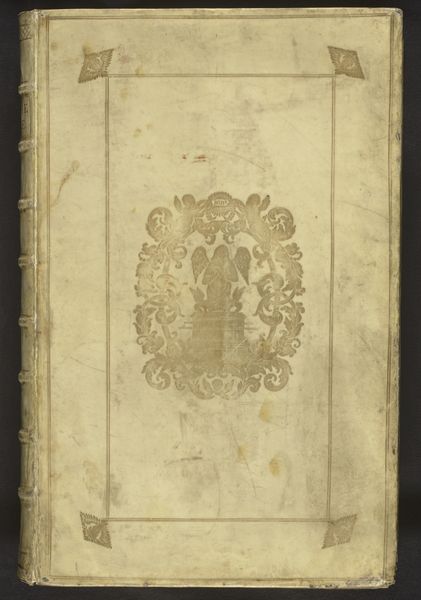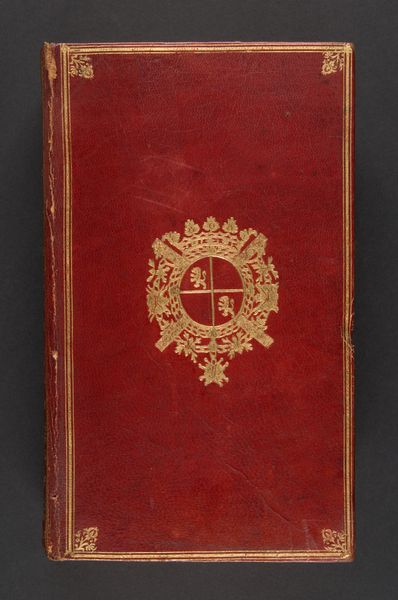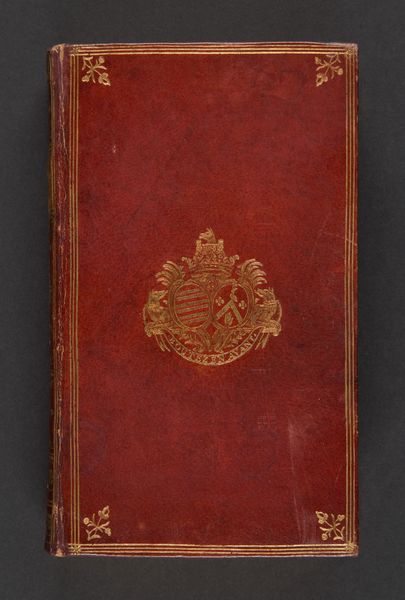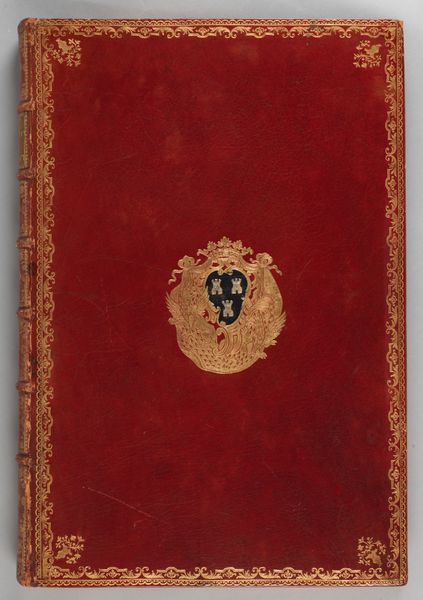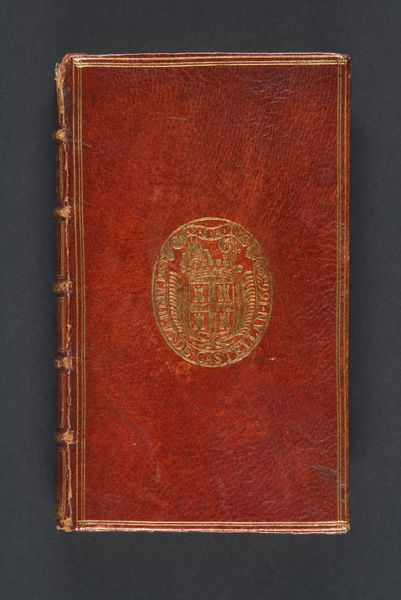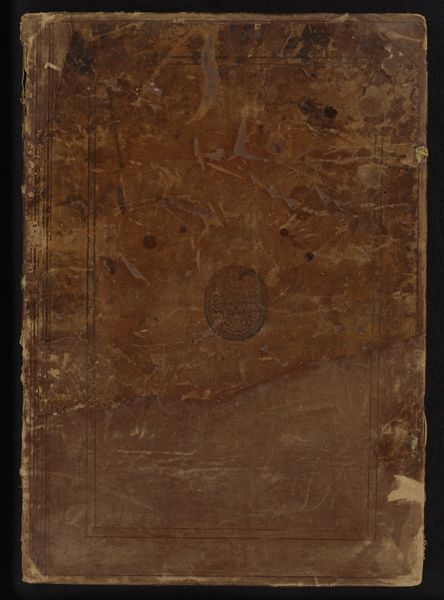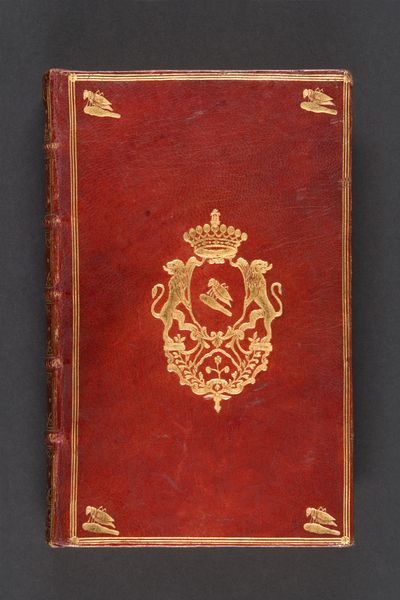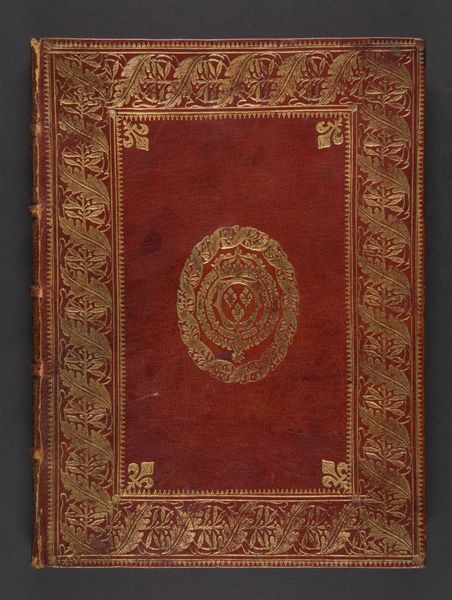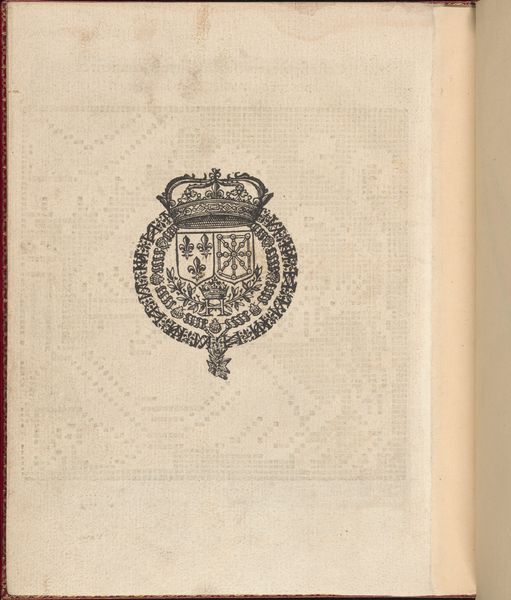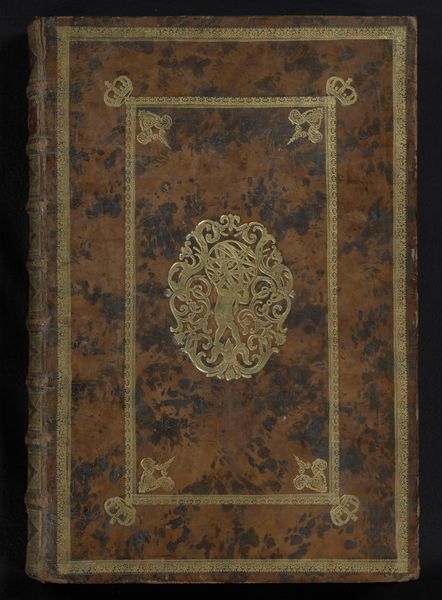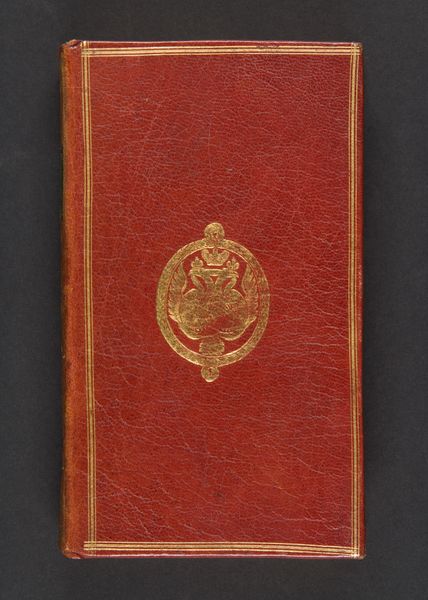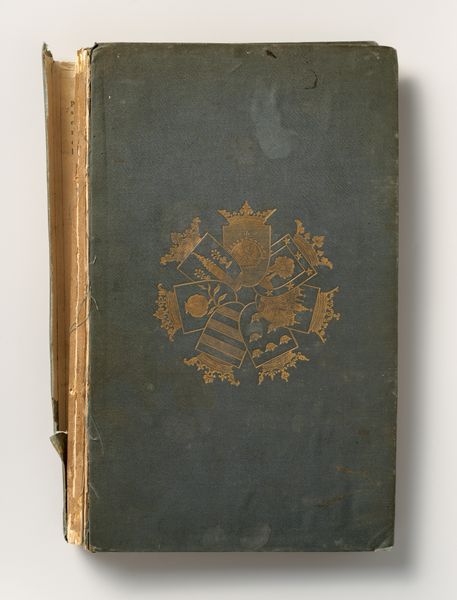
Historie des Ouden en Nieuwen Testaments ('De Grote Bijbel van Mortier') 1700 - 1702
0:00
0:00
pieterimortier
Rijksmuseum
graphic-art, print, paper, engraving
#
graphic-art
#
aged paper
#
toned paper
#
dutch-golden-age
# print
#
book
#
paper texture
#
paper
#
coloured pencil
#
decorative-art
#
engraving
Dimensions: height 454 mm, width 300 mm, thickness 50 mm, height 440 mm, width 275 mm
Copyright: Rijks Museum: Open Domain
Curator: Well, look at this incredible artifact. This is the cover of "Historie des Ouden en Nieuwen Testaments," also known as 'De Grote Bijbel van Mortier,' created by Pieter Mortier around 1700 to 1702. The cover is made of paper and features engraving. Editor: My first thought is simply how the ravages of time really accentuate the delicacy of this object. It looks so fragile, aged with care. Curator: Indeed, the toning of the paper really does hint at the long history this book has been part of. I think the material itself tells a story about book production and consumption during the Dutch Golden Age. Think about the labor involved in producing paper of this quality and engraving these intricate designs. Editor: And how it reflected—and reinforced—the religious and social hierarchies of the time. It prompts considerations of who had access to such elaborate Bibles and the narratives they promoted. Did they empower the masses or consolidate control in the hands of the elite? Curator: It also raises interesting questions about the book trade, distribution networks, and the skilled craftspeople, especially engravers, like Mortier, who transformed these religious narratives into visual form. Editor: Precisely. By paying closer attention to details, we unveil these hidden connections between visual and textual culture, as well as social status during that period. It prompts me to think about women's roles. Were women a particular target audience, as a tool for the domestication and the establishment of social stability in a very disruptive, revolutionary, time? Curator: That’s a great point, as religious books often served different purposes depending on gender and social status. Studying how these materials were produced, distributed, and consumed offers profound insights into societal structures and gender dynamics of that era. Editor: Ultimately, appreciating historical artifacts requires navigating the confluence of artistic creation, historical context, and theoretical insight. This object seems deceptively humble until it encourages conversations about religion, economics, gender, class, and so on. Curator: Right, by exploring production processes and reading practices, we transform this artifact into a multifaceted source for social, economic, and artistic history. Editor: Definitely something to ponder next time we're near a seventeenth-century religious book.
Comments
No comments
Be the first to comment and join the conversation on the ultimate creative platform.
